Friday, January 24, 2014

This is a reminder that spring will come in two more months, and that flowers and leaves have symmetries.
What symmetries do these flowers have?
______________________________________________________________________
H. V. Wilson:
1907 Discovered sorting out by sponge cells;
1911 Sorting by Cniderial (coral) cells
about the time of the Wright Brothers, and also at the North Carolina coast, except in Morehead City rather than Nags Head.
There is a good Painting (Oil portrait) of Wilson across the hall from this lecture room.
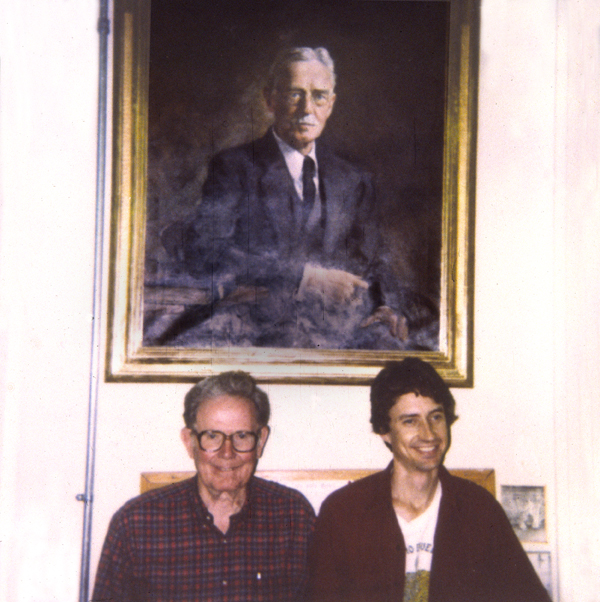
Dissociated cells aggregate into nearly spherical masses, which then fuse with each other.
(They look like oil drops fusing).
VIDEO: sponge aggregation
Wilson considered three possible explanations:
#1* Cell Rearrangement That rearranged cells crawl back to their original locations, appropriate for their cell type
#2* Cell Re-Differentiation That cells changed cell type (Like from skin to endoderm) appropriate for the new relative location to which they have been moved.
#3* Differentiation of "Archeocytes," previously undifferentiated stem cells.
Wilson himself decided that #3 was most likely. He wrote several more research papers that present evidence (found undifferentiated cells & cells intermediate between cell types. Until He died in the mid-1930s. History has credited Wilson as discovering #1, of the list above. (Scott Gilbert advocates #3. Most embryologists believe #1 (Invented by Julian Huxley)
VIDEO OF INTACT SPONGE: this will be added to the videos page later today.
Calhoun Bond and Harris (1980s) discovered that sponge cells constantly rearrange, crawl around inside intact sponges, living between two sheets of glass, pumping water, filtering food, living for as long as you want, week or months. This is most consistent with #1 above.
Suggests that the normal arrangements of differentiated cells are produced by active cell movements. No support for archeocytes; but more evidence needed; and need methods to mark cells (without killing them)
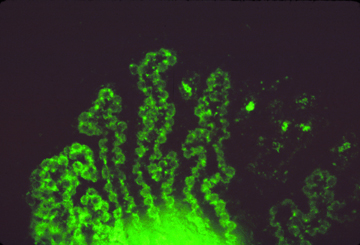
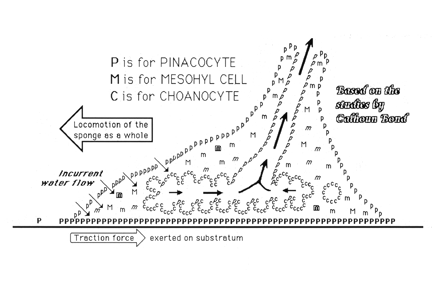
------------------------------------------------------------------------------------------------------
In the 1940s and 50s, Johannes Holtfreter discovered that amphibian embryonic tissues can be dissociated with slightly alkaline water - and that randomly mixed cells will sort out by germ layer.
Ectoderm moving to the outside, relative to mesoderm and endoderm on the inside. But some surprises: endoderm sometimes exterior relative to mesoderm.
Mostly, the relative locations to which
mesoderm,
sort out match the same relative locations that they move to in gastrulation and neurulation.
neural tube ectoderm,
skin ectoderm,
endoderm,
pigmented retina of eye,
heart,
liver
limb bud mesenchyme
etc.
Cells can reach the same geometric arrangements / end results by either of two or three different sequences of geometric arrangement.
Holtfreter hypothesized "tissue affinity". Gewebaffinität
He didn't just mean adhesiveness; but lots of people interpreted his words that way.
positive affinity, negative affinity, could be chemotaxis, " Ephrins " (now recently discovered)
could be any effect or signal that repels or attracts This research and these ideas stimulated other biologists to search for selective adhesion proteins on the outside surfaces of cell membranes many cadherins and N-CAM got discovered
J. P. Trinkaus (1950s) used radioactive labeling of dissociated cells of mammals and birds, and also the natural pigment of pigmented retina cells, to test whether cells switched from on differentiated cell type to another. (which is what he predicted & was trying to prove) But he discovered that the cells rearranged by cell type, instead of redifferentiating according to relative location.
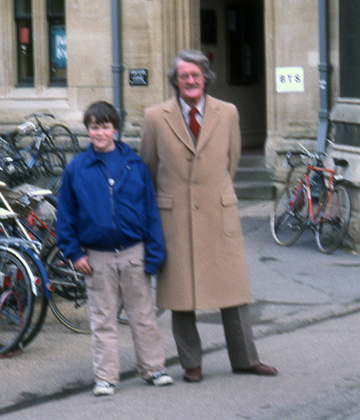
A good example of a scientist calmly accepting disproof of his favorite theory.
Unfortunately, Trinkaus also concluded that cell sorting can't have the same mechanism(s) as normal embryonic development, because eye cells sort out from heart cells, which are never normally in contact,

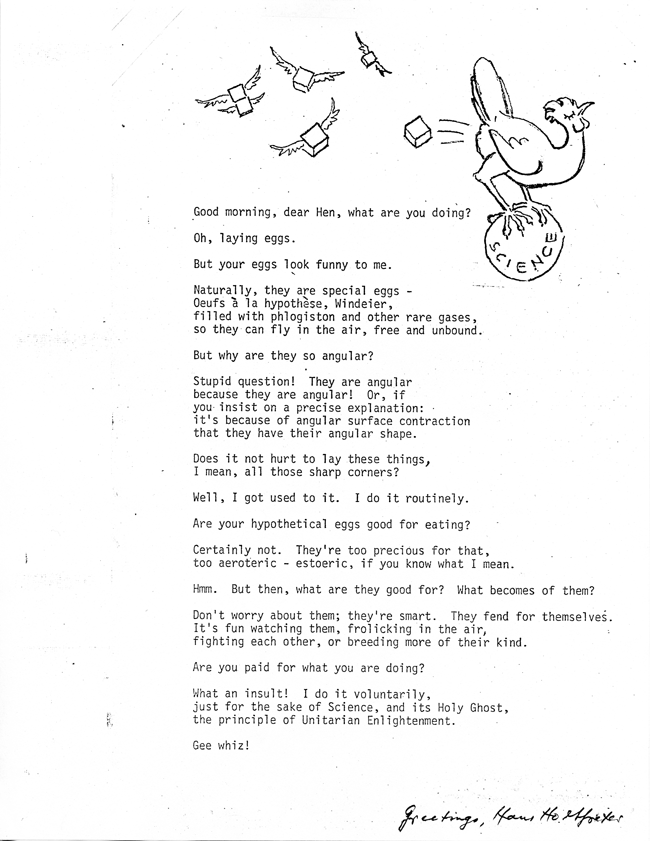
Malcolm Steinberg (1960s) invented the "Differential Adhesion Hypothesis"
This hypothesizes that cells sort out by "Reversible Work of Adhesion." Supposedly cells are pulled by process of maximizing cell-cell adhesions
A critique of the DAH was published by Harris in 1976. He argued that cell positions result from tug of war between opposite ends of same cells
VIDEO: cells on an adhesion gradient
VIDEO: cells on a grid of differential adhesiveness